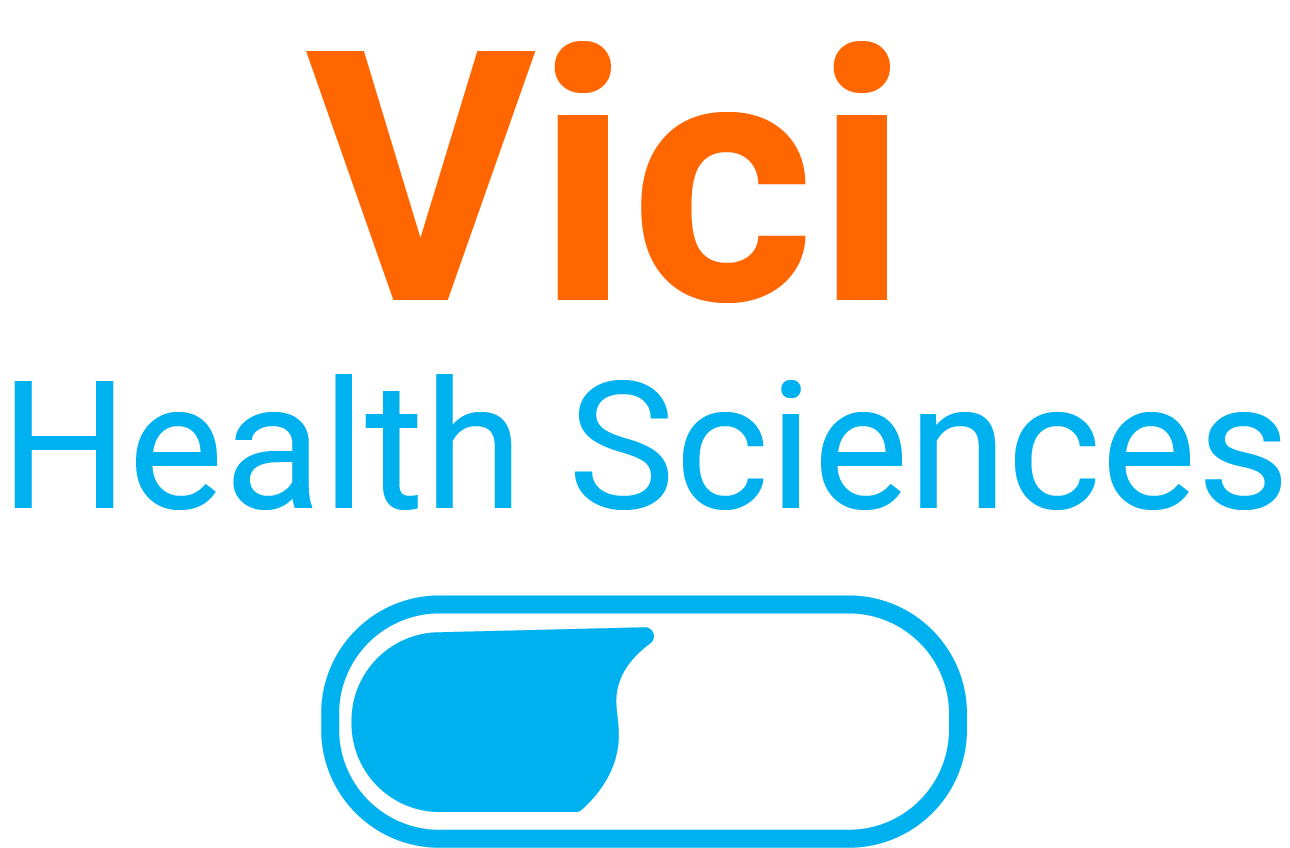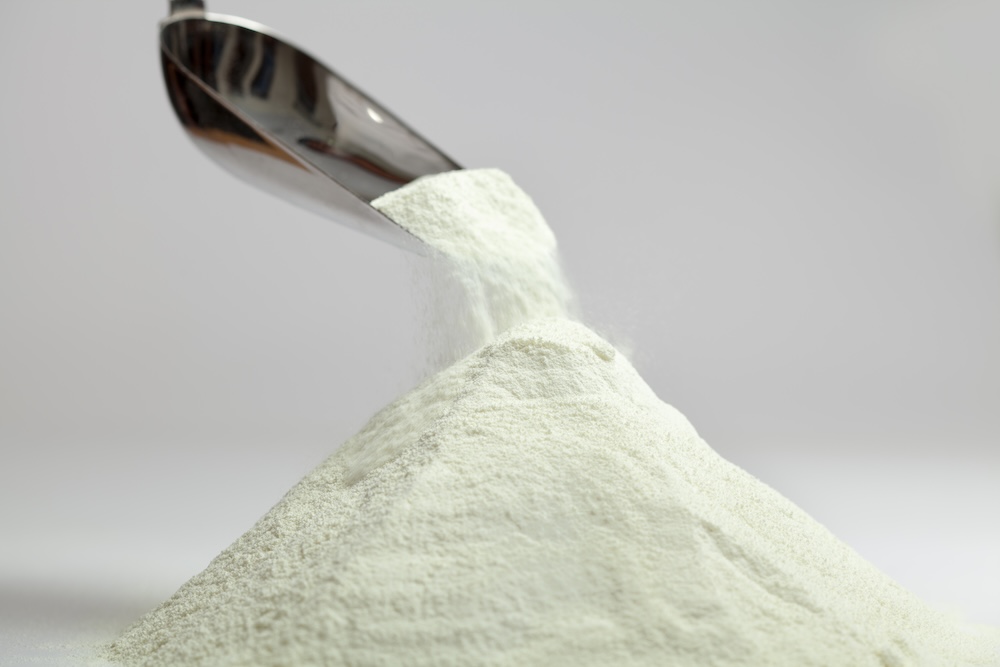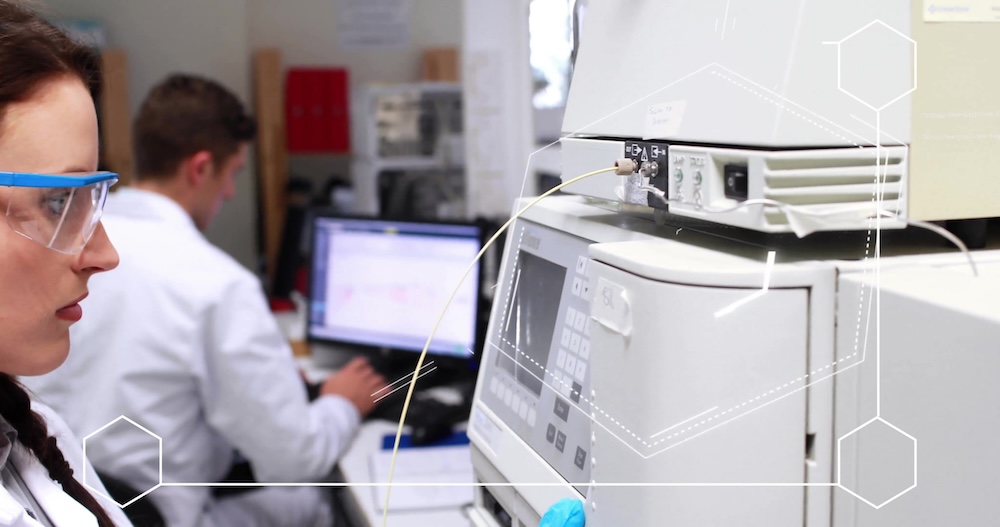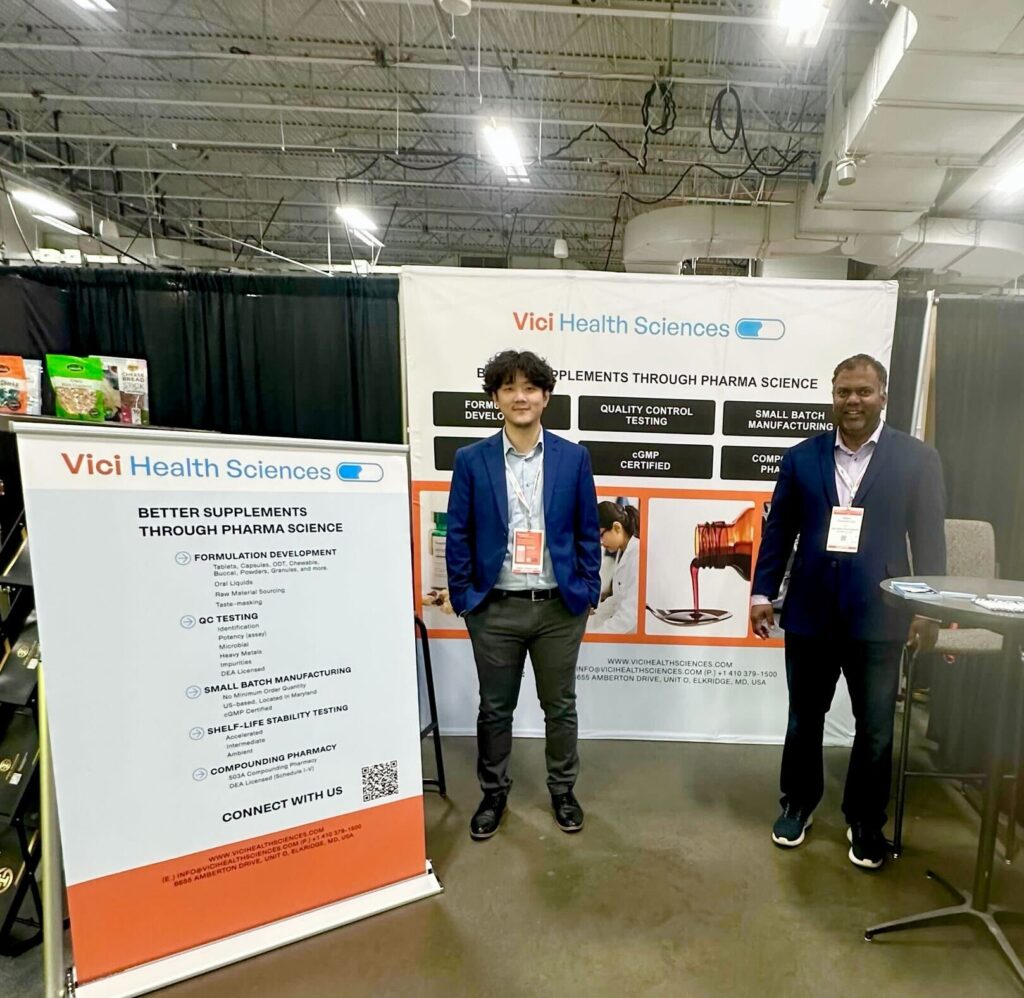Abbreviated New Drug Applications (ANDAs) are submitted to the FDA to seek approval for marketing generic drugs to the US market. As listed by the current FDA GDUFA requirements, sponsors must pay $252,453 to the FDA just to file an ANDA. This filing cost is set to increase to $321,920 in 2025. If the FDA refuses to accept the filing due to failure to meet specified requirements, the applicant loses 25% of that amount right away. If the FDA accepts such a filing, but there are other deficiencies, then the FDA may delay approval or, worst case scenario, never approve the filing. This can accumulate quickly and lead to millions of dollars in lost capital for the applicant. Thus, it is critical to understand and utilize a proper checklist to streamline your filing process and pre-emptively avoid costly mistakes.
ANDA Filing Requirements
To file an ANDA, applicants must prepare and submit documentation demonstrating that their generic drug meets the following requirements:
- Bioequivalent: The generic drug product must deliver the same therapeutic effect as the Reference Listed Drug (RLD). This is demonstrated through a pharmacokinetic study performed per the FDA-published, product-specific guidance or by securing a biowaiver, as is the case of BCS Class I or rapidly releasing BCS Class III drugs.
- Quality and Manufacturing Standards: The FDA publishes and periodically updates guidance documents for quality, safety, and manufacturing standards.
- Intellectual Property: The generic drug product cannot infringe upon any patents or exclusivities held by the original RLD.
ANDA Filing Process
The ANDA submission process is broken down into several steps, from pre-filing to post-approval.
Step 1: Pre-Filing Preparation
- Drug development: This includes formulation development, analytical method development, and manufacturing process development utilizing the Quality by Design (QbD) framework required by the FDA.
- Exhibit batches: Must be manufactured at the required scale to demonstrate the manufacturing process and associated controls. Product from these batches is utilized for stability studies and pivotal bioequivalence studies, if required. This step is performed at the commercial manufacturing site, which is subject to pre-approval inspection and cGMP inspections. Thus, it’s crucial to pick a site that has a successful FDA audit track record. Moreover, it is important to perform your own quality assurance audit to confirm that the manufacturer has the required controls in place and ensure compliance with cGMP standards.
- Conduct Bioequivalence Studies: Design and execute bioequivalence studies comparing the generic drug to the RLD. Ensure that your team has the required understanding of the formulation and biopharmaceutical characteristics of the API to enhance your chances for success.
- Compile CMC Information: Prepare data on the composition, manufacturing, quality control, and stability of the drug. Work with an experienced CMC regulatory team to avoid mistakes that could prove costly. At Vici, we routinely help clients with this step and are well versed in the latest FDA requirements.
- Draft Labeling: Draft labeling in line with the RLD’s labeling.
- Prepare Patent and Exclusivity Certifications: Assess patents and exclusivities on the RLD, including possible challenges. Vici has extensive experience with understanding patents as it pertains to ANDA filing and can help you navigate this landscape, quickly and efficiently.
- Consider Pre-ANDA Interactions: Reach out to the FDA for pre-submission meetings or consultations, particularly for complex generics.
Important: Ensure that bioequivalence studies are well-designed, validated, and compliant with regulatory standards. Pre-ANDA consultations can help clarify regulatory expectations and reduce the risk of a delayed approval process. Additionally, the quality and regulatory documentation associated with the API are critical for achieving approval.
Step 2: ANDA Submission
- Submit the ANDA in Electronic Common Technical Document (eCTD) Format: Submit all required documents electronically to the FDA.
- Pay Required Fees: Submit payment for the Generic Drug User Fee Amendments (GDUFA) fee, which funds the FDA’s review of generic drugs.
- FDA Filing Review: The FDA will conduct a preliminary assessment to ensure the ANDA is complete before officially accepting it for a substantive review.
Important: Ensuring a complete and accurate eCTD submission is crucial. Missing documents or incomplete information can lead to a Refuse-to-Receive (RTR) letter, which both delays the review process and results in losing 25% of the filing fee.
Step 3: FDA Review and Communication
- Office of Generic Drugs (OGD) Review: The FDA’s OGD reviews the ANDA for bioequivalence, CMC, labeling, and regulatory compliance.
- Respond to FDA Deficiency Letters (if issued): The FDA may issue information requests or deficiency letters if additional data or corrections are needed.
- Conduct Patent and Exclusivity Reviews: The FDA assesses any patents and exclusivities related to the ANDA to ensure they align with the application.
Important: Be prepared to respond quickly and accurately to FDA communications, especially deficiency letters. Delays in response can extend the approval timeline.
Step 4: Approval and Post-Approval Steps
- Approval: If the ANDA meets all FDA requirements, the agency issues an approval letter.
- Post-Approval Commitments: The ANDA holder may need to adhere to post-approval commitments, such as ongoing stability studies or safety monitoring.
- Market Launch (if applicable): If the ANDA is approved, the generic drug can be marketed, provided that any patent or exclusivity constraints have been resolved.
Important: Market launch timing can be impacted by exclusivity periods or patent litigation. Some generic applicants may also be eligible for 180-day exclusivity if they are the first to file a Paragraph IV certification.
Recap
When undertaking this process, it’s important to be aware of the necessary steps and common pitfalls. The following must be considered when planning for the development and filing of an ANDA application:
- Preparation: Start early with bioequivalence and CMC preparation, as these sections are critical to FDA approval. Consider consulting with the FDA for complex formulations. Applicants frequently underestimate the complexity of formulation development, even for simple drugs. There are many ways to get this wrong! At Vici, we believe it is never too early to start preparing for all steps of the process while developing a generic product. Stepwise planning will lead to failure and costly delays.
- Submission Accuracy: Ensure that every document, form, and section is fully completed and accurate in the eCTD submission. It is critical to check and re-check each document to ensure accuracy.
- Responsiveness: Respond to deficiency letters promptly, accurately, and with all requested documentation to avoid approval delays.
- Legal Strategy: Be strategic with patent certifications. If filing a Paragraph IV, prepare for potential litigation from the patent holder.
- Review FDA’s RTR (refuse-to-receive standards) Checklist Early: This checklist provides applicants a valuable list of items to consider prior to filing. It is not enough to do this just prior to filing. Ensuring that required FDA standards from raw material sourcing and early-stage development through FDA ANDA filing are met is critical to success.
Get Approved with Vici
It’s never too late to review this checklist and create your own ANDA development and filing checklist to project-manage this process. By preparing the application carefully and according to best practices, you can effectively navigate the ANDA filing process to bring your generic drug to market.
Questions about how to properly file your ANDA? Contact us to get personalized insights from Vici’s CEO, Anish Dhanarajan, PhD, on your specific drug development program and maximize your chances for receiving FDA approval.
Helpful Resources:
ANDA Submissions – Content and Format of Abbreviated New Drug Applications






